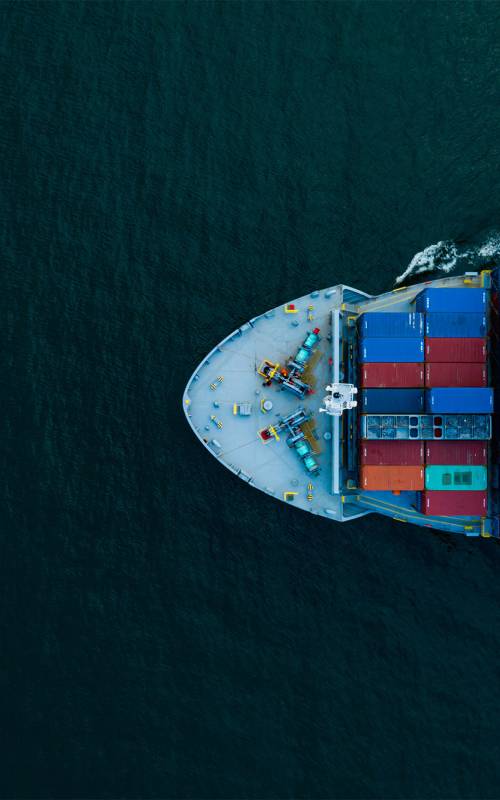Information about FCL (Full Container Load)
In freight container transport, a distinction is made between full container and partial container loads. The common international term for a full container is FCL (Full Container Load). The full container load is packed by the shipper. This is followed by the transfer of the full container load to the shipper.
It is therefore a door-to-door transport of the entire container. The designation FCL is not limited to shipping traffic. Full Container Load also covers general cargo transport by truck, as well as intermodal transport by air or goods train.
Full Container Load not possible with FCL
(left: /transport solutions text: Full Container Load (FCL)) is handled differently to Less Container Load (LCL), whereby a standardised freight container is partially loaded with different general cargo. With FCL, the shipping companies take over an already fully loaded container from the shipper for shipment, which has been sealed by the customs authorities. This means that there is no composition of the delivery. Full Container Load (FCL) usually proves to be uneconomic for forwarders. The reason is due to non-permitted payloads, which are generally permitted in standardised areas. This circumstance prevents further revenue generation.
High security through sealing
In loading FCL the responsibility lies with the sender, but for unloading the recipient is liable for the goods. In international freight transport Full Container Load (FCL) is becoming increasingly important, not least because of the mandatory sealing.
This makes it possible to curb and prevent criminal acts such as smuggling of goods abroad, drug trafficking or even trafficking in human beings. Transit countries are not exposed to any danger in this respect.



